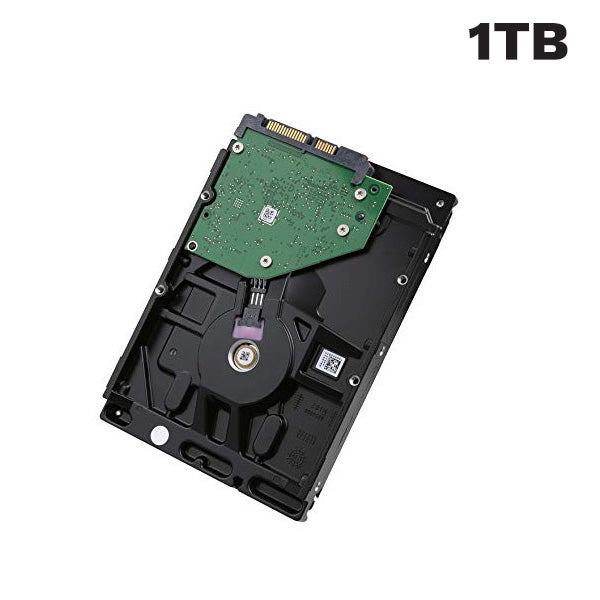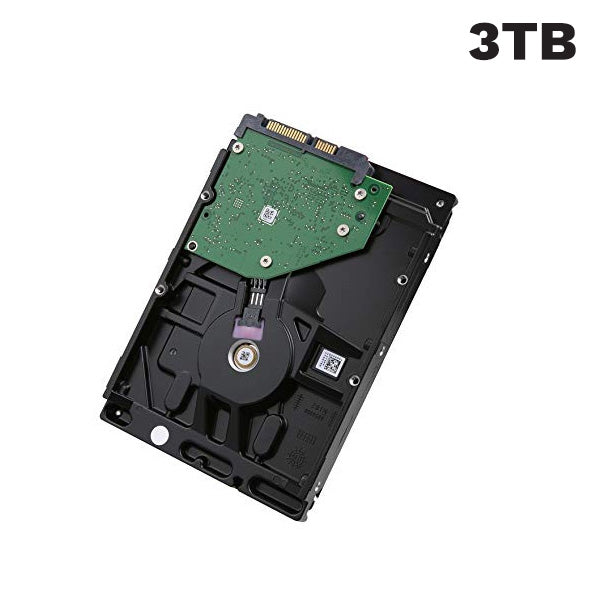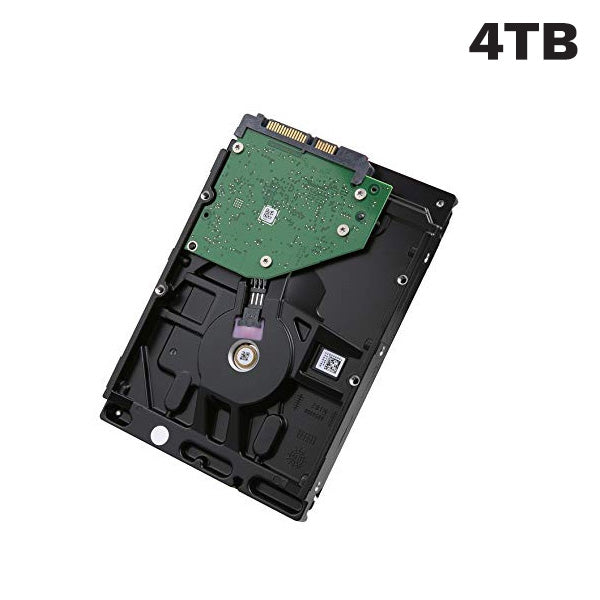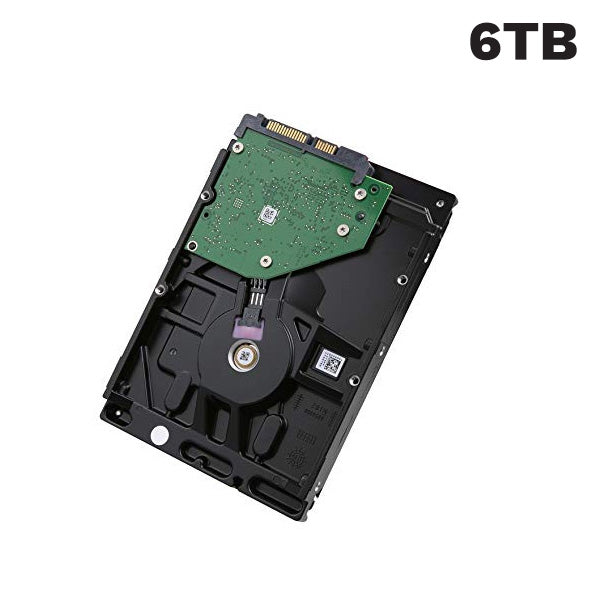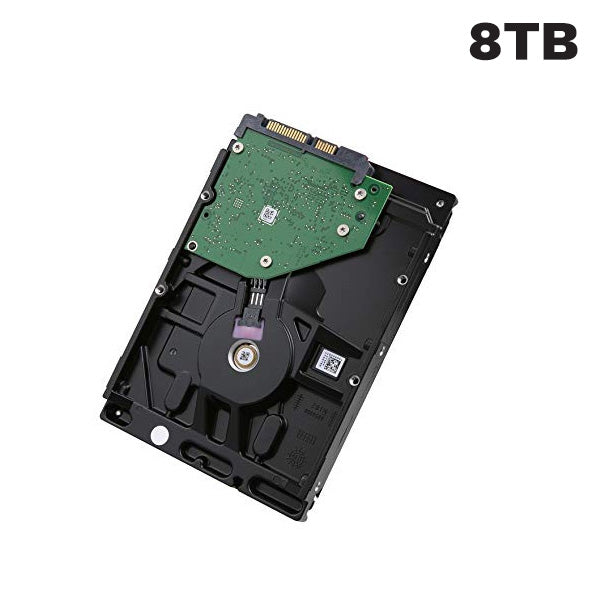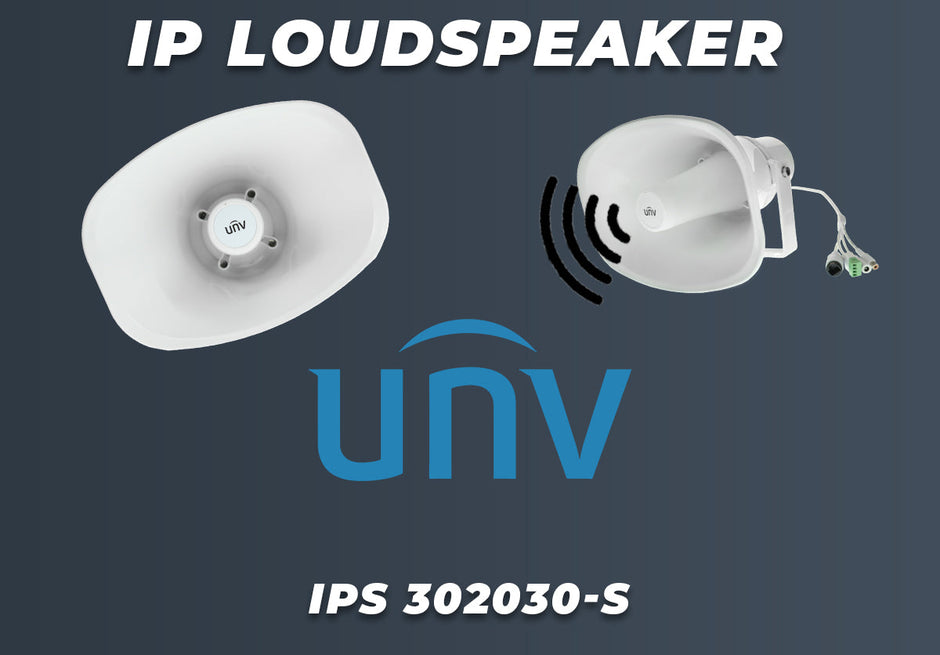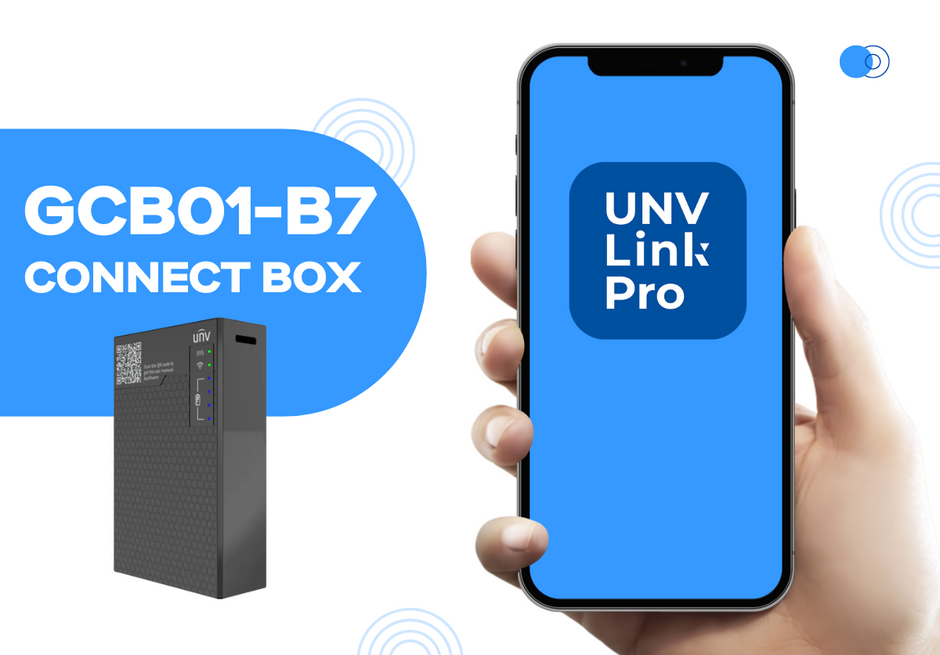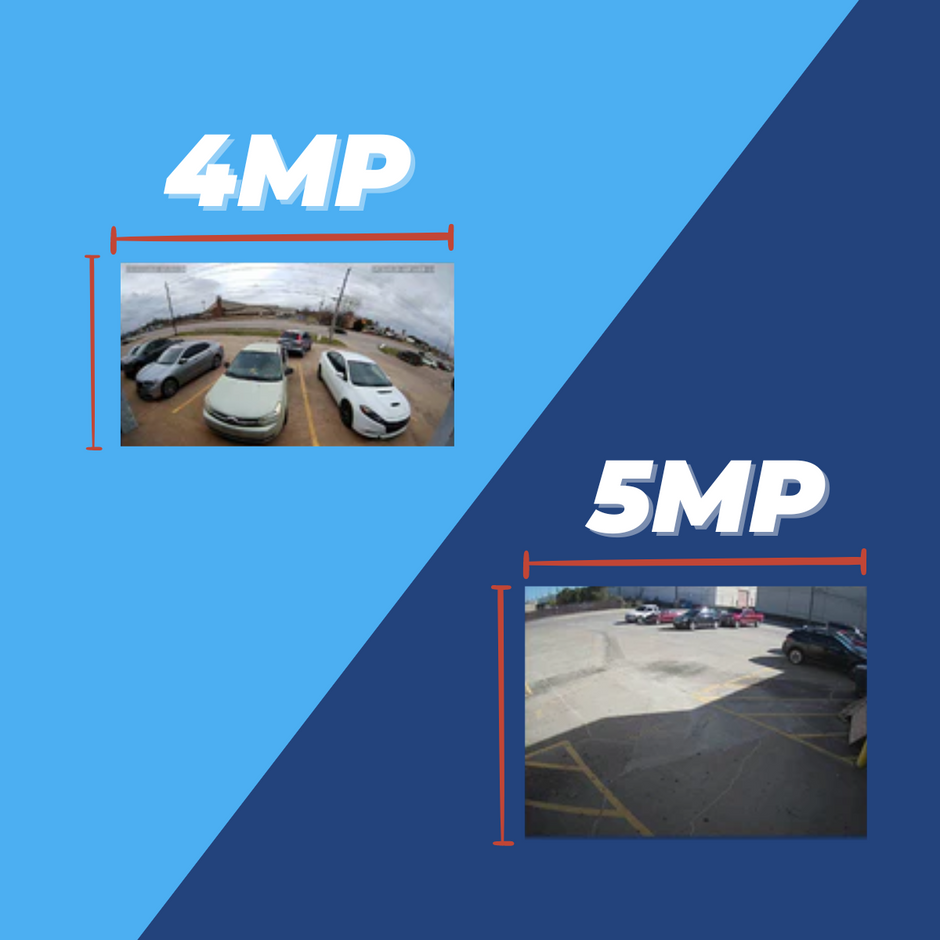This is a question many people ask us about security cameras. However, there is no easy answer. It's going to look different depending on several factors including the number of cameras you have, the method you're recording, the amount of space available to you, the resolution of your cameras, and your purpose for recording video surveillance footage to begin with.
So the answer to this question is very simple: the amount of time surveillance footage is kept totally depends on the amount of recording space available. Typically, businesses will have at least one month’s worth of security camera footage saved, while homeowners tend to keep at least one to two week’s worth.
Now, let’s break that down a little bit. We’ll go over two situations: when footage is saved directly to the camera and when footage is saved to an external recorder. But first we need to go over what exactly happens with older surveillance footage once there is no more recording space.
What Happens With Old Security Footage?
Typically when an SD card or a recorder hard drive fills up, any new footage simply overwrites the oldest footage. So if you have enough space for two weeks of video surveillance footage, for example, at any point you will have the last two weeks of footage saved.
This is the standard method for dealing with a full hard drive, and it’s definitely the easiest. If, for some reason, you’d rather take care of deleting older footage manually, you can usually adjust this setting in your NVR’s web interface.
Edge Storage: Saving Footage To A Camera
Many of our security cameras do have a slot for onboard storage using a MicroSD card slot. As a general rule, our H-Series cameras can save about 128GB worth of storage while our Uniview cameras can save about 256GB worth of storage. Please note, however, that not all of our cameras support edge storage!
When a security camera is recording footage only to a MicroSD card, it usually isn’t recording all the time. These cameras are typically only set up to record during events, such as motion detection, line crossing detection, etc. That said, the amount of storage kept on your security camera’s MicroSD card depends on how much activity your camera is recording.
If you’re recording a busy street with lots of motion, you may only be able to store a day or two with your MicroSD card. However, if your recording events are limited, you could go for weeks or for months without using up all your storage.
SD cards are great options if you want to set up a standalone camera. Even if you have a full video surveillance system, it’s still a good idea to use an SD card. That way you always have a backup if something should happen to your NVR or its hard drive.
External Storage
For full video surveillance systems, recorded footage is stored on an external recorder. In IP systems, these are called NVRs, or network video recorders. In analog systems, they’re called DVRs, or digital video recorders.
Recorders have at least one hard drive installed, while some larger models can have anywhere up to four hard drives. We even have one NVR with 16 hard drive slots!
At Nelly’s Security, we sell hard drives from 500GB up to 8TB, but some recorders can accept hard drives up to 10TB as well.
Once again, the amount of storage space you’re going to be able to save just depends on the size of your hard drive and the resolution of your camera.
For a more in depth explanation of NVR hard drive storage space, check out our video below. We also recommend this calculator for determining the amount of time you can record based on your cameras and your hard drive size.
How Long Do Businesses Typically Hold Onto Security Camera Footage?
There is no one-size-fits-all answer to this question, as every business is different and has different video surveillance needs. At Nelly’s Security, we always recommend any business customers to purchase a hard drive large enough to store video footage for at least one month. If it’s a larger business, we might recommend storing video footage for up to three months.
Whether or not the business chooses to record continuously, based on motion, or based on a schedule also affects how much security camera footage is available at any given time.
How Long Do Residential Video Surveillance Systems Typically Hold Onto Security Camera Footage?
When residential customers call us asking about a system, we typically recommend having enough storage space to hold onto at least one week’s worth of footage.
When you’re setting up a surveillance system in your home, you will rarely need to refer to footage that is older than a week or two. Typically you’ll know within a couple of days if you need to hold onto some surveillance footage.
That said, some people do like to hold onto their video surveillance longer than a week just to be safe. That’s totally fine, too. There are no right or wrong solutions here. Do whatever makes you feel the most secure.
How To Keep My Footage
As we mentioned at the beginning of this post, your security camera and recorder will start recording over your oldest footage once the hard drive or SD card fills up. This happens automatically with no extra work on your part. However sometimes there are pieces of footage that you need to keep longer than your storage space will allow. When this happens, all you need to do is export your footage and store it on your computer or a separate hard drive.
With our cameras at Nelly’s, you can export footage from the NVR itself or from your recorder’s web interface. Check out this guide for more information about how to save your video clips.
If you’re interested in learning more about our recorders, cameras, and other video surveillance products, click here to shop now!


